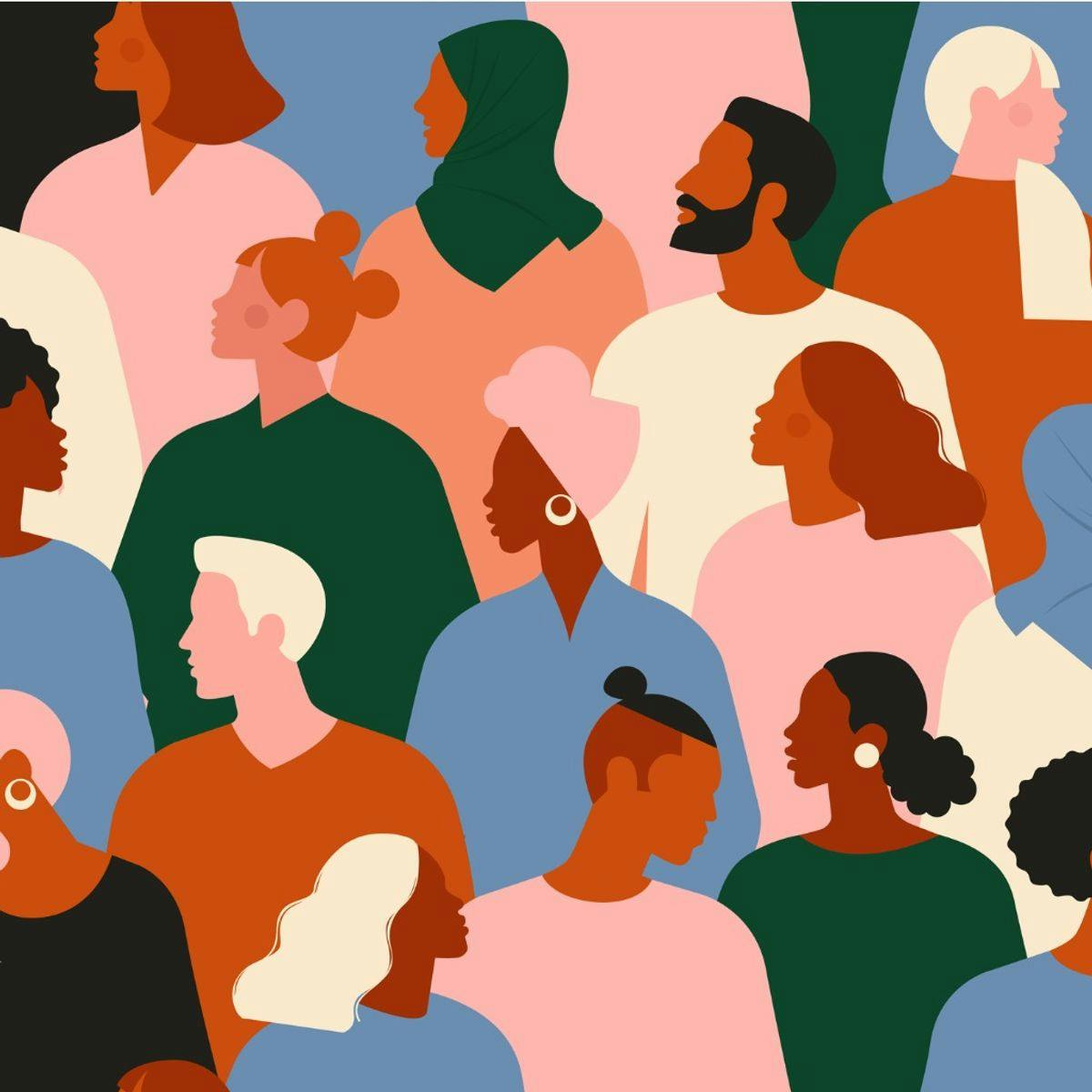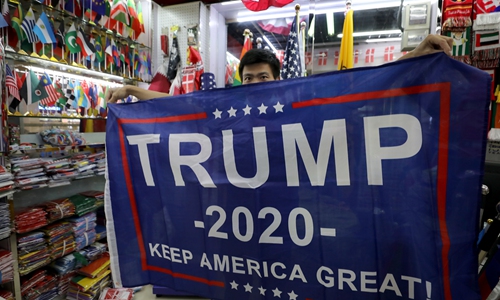IDENTITIES IN A COMPLEX WORLD.
LANGUAGE AND IDENTITY
Language refers to the means of expression that people use for communication. Hence, it is an essential tool for interaction, and it may also be associated with a person’s individuality. Yet, how is language related to identity exactly?
In essence, people are distinctively different from each other and use speech to portray their differences or similarities. A specific language may help in uniting people who belong to a particular social group. So, there is a close relationship between language and identity from the get-go.
Every individual has a certain identity, but it is not static. It is dependent on the occasion, purpose, and context. People in new geographical locations may redefine their identities to conform to their surroundings. Thus, to explain the relationship of language and identity, we should start by examining how a person can change due to the environment.
Language may identify an individual with a certain social status, race, nationality, or gender. Generally, people who identify themselves with a specific group use a shared language. Therefore, it can be regarded as a unifying factor that helps determine a given group’s personality. It gives them a sense of belonging due to a shared experience and accessible communication.
In this language and identity essay, we have explored how the concepts influence each other in detail.
from https://ivypanda.com/essays/relationship-between-language-and-identity/
Continue reading:
https://ivypanda.com/essays/relationship-between-language-and-identity/
LANGUAGE AND POWER
About the monolingual mind.
Some monolingual people assume that their language is the only possible language in a territory or in the case of the English, of the world. The other language are less important or have no importance at all. Why do they think so? Well, there is the argument that uses the number of speakers. But this argument cracks because, for example English is not the language with the most speakers. The underlying argument is power: the economic and political power a language has. But this argument does not consider the individual speakers of a language and their right to live in that language. It only considers the capacity a language has to create WEALTH.
What is the difference between a language and a dialect?
Well, some say that a language is a dialect backed by an army. In fact, language is something abstrac, a code that is recorded in dictionaries and grammar books and that comprises all the dialects of all the speakers of one language. Nobody speaks a language. On the contrary, we all speak a manifestation of that language. That is to say, we all speak in dialect.
Some dialects are socially more accepted than others. Some will laugh at somebody speaking with an accent from Jaen whereas they would praise somebody speaking with an accent from Valladolid. This is wrong from the lingüistic approach and this has to do with power again, with the fact that the elites who govern one country decide which dialect is socially acceptable and which not. How do they do it? Well, they have all the means; the schools, television, radio, the press....etc.
"I speak a language and you speak a dialect"
"Be polite, speak chistian" , " Be polite, speak Spanish"
The neares example we have is Valencian, and thus this is the one we can analise the best.
DON'T PUT PEOPLE IN BOXES.
OR THE LABELS WE CARRY....
WHY DON'T YOU PUT YOURSELF IN SOMEONE ELSE'S SHOES?
POEM
We believe we live in a fairer world.
We believe slavery is a thing of the past.
BUT
Have a look at the shoes you're wearing today,
Or the football you keep in your bedroom,
Or even easier, take your mobile phone
And ask yourself who made it
And who keeps the money you paid for it;
what percentage goes to the coltan miner,
what percentage goes to the factory worker,
what percentage goes to the multinacional.
The rich get richer everyday.
The poor get poorer everyday.
Welcome to the REAL.
Think it ALL in words,
Think it ALL in images
And ask yourself who's made the WORLD
And ask yourself who owns the WORLD.
Has IT/ HE / SHE got a FACE.
Think of the FACES that make the world.
Think of the FACES who own the world.
NAME. A COMPLEX WORLD.
AIMS:
- A better understanding of the world we are living in.
- Becoming aware of prejudices and how they work.
- Accepting diversity as the only possible way of building a better world.
- Identifying the hotspots where cultural contact is produced: the coasts, the crossing of seas,
- How powers work on creating limitations in understanding the complex: flags and man-made borders.
FINAL PROJECT: Setting up an exhibition.
GROUP WORK.
Group 1.
NEW GEOGRAPHIES.
-Identifying the new hotspots and routes where cultures come together. ( the Mediterranean, The USA-Mexico borders, Turkey, Morocco, Lybia, Greek Islands....)
- Identifying the reasons why people move from place to place. (wars, colonialism, hunger, poverty, hate, religion, gender issues....)
MATERIAL: Maps, pictures, reference to artists that may portray thes new situations.
Group 2.
WE ARE HUMAN BECAUSE WE ARE COMPLEX.

- Identifying prejudicies ( race, religion, nationalities, gender....)
- Understanding the importance of learning about the other using stories. Collecting stories from people who have had experiences when having to live in a different place. ( ask grandparents who one had to emmigrate, do you have any friends who came from another country?)
- Take pictures and write or tell the stories.
Group 3.
FLAGS, BORDERS and THE SUPERMARKET.

- Flags and borders as symbols, of oversimplified stories. They work on different levels in the mind of people. Some people jus don't care too much. Others are ready to kill or die because of them.
- The supermarket is another symbol that works on a different level. It can work well to explain how globalization works and the relationship between the myth of the Master and the Slave. (Hegel). Who are the new masters of the world. Who are the new slaves?
Group 4.
TOURISM AND IMMIGRATION. TWO DIFFERENT WAYS OF SEEING THE WORLD.
- Work with pictures, maps and stories.

- What is it that matters?
-What makes tourists and immigrants two different figures to understand the world today. ?
- Identify the differents types of tourism. What is sexual tourism? What does it imply? Exploitation....
TASKS.
WRITING
1. Write an invitation to the exhibition. See the model.
2. Write a report about the exhibition.
- What is it about?
- What is the objective?
- How is it organized?
- What are the strengths and weaknesses of the exhibiton? What would you improve?
- What has been your team's role ? What has been your role?
- How would you mark yourself and the other members of the team? Have you all contributed the same amount of involvement?

3. Design activities to exploit the visit with groups of students in the same school.
The activities designed should be aimed at guiding the visit of the students around the exhibition to help them understand better what is it about.
The activies should also promote critical thinking and getting them involved in world matters.
You can use maps among other resources.
Activities must have a minimum of one single-sided sheet and a maximum of one double-sided sheet.

Comments
Post a Comment